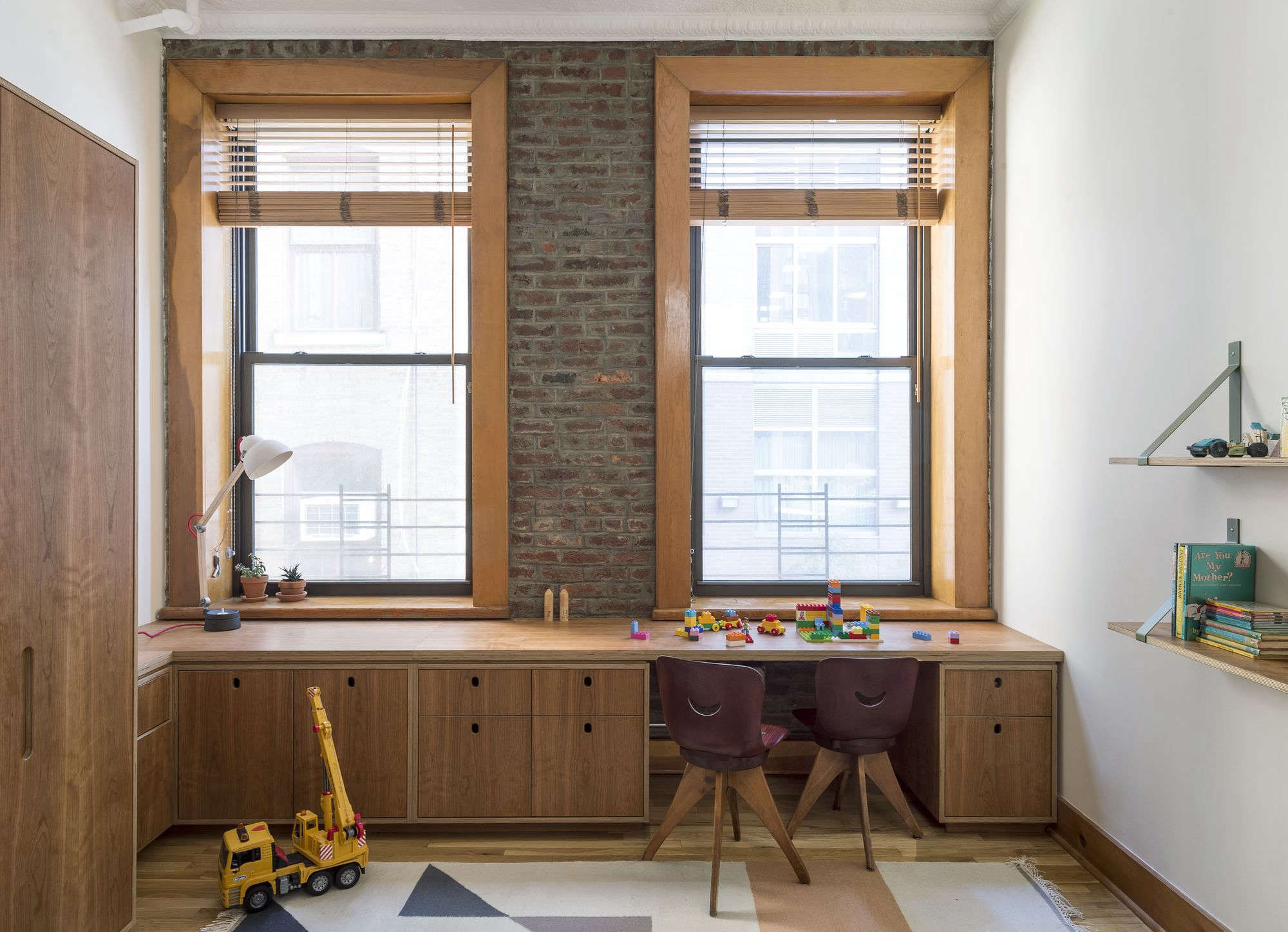
These days there s lots of talk about unplugging The National Day of Unplugging for example is designed to help hyperconnected people embrace the ancient ritual of a day of rest...
...with an aim to slow down lives in an increasingly hectic world Those of us navigating the uncharted terrain of Parenthood 2 0 know the challenges especially when it comes to technology
Research only goes so far to supply the answers: You can find one study that says “video games make kids violent” and on the next click, another study claiming, “video games make kids more creative!”. As a general rule, I tend to fall back on what my grandmother always said: Moderation is key.
A kid-size laptop desk; for more, see 10 Easy Pieces: Desks for Small Spaces.
1. Talk to your kids about technology.
In my interview with Larry Rosen, Ph.D., a psychologist and author of iDisorder: Understanding Our Obsession with Technology and Overcoming Its Hold on Us, he recommended setting clear limits for technology, particularly at dinnertime—absolutely no technology (adults or children) at the table.
2. Set specific windows of time when technology is allowed at home.
The American Academy of Pediatrics and the White House Task Force on Childhood Obesity recommend keeping children under the age of two as screen-free as possible and limiting screen time for older children.
A TV fit neatly into display shelves in A Glamorous Studio Apartment in Auckland that Feels Like a One-Bedroom, Hack Edition.
Photograph by Matthew Williams.
Change the passwords for your Wi-Fi (and your devices) regularly. One family I know uses a tally system: Kids can earn tallies for good grades, homework, behavior, at-home responsibilities, etc.
3. Make your kids earn their time online.
4. Set tech free zones (or times) in the house.
For example, no gadgets allowed in the dining room.
As Frederick Zimmerman, an expert on media and child health and the chairman of the Department of Health Service at UCLA said, “Kids need laps, not apps.” And whether it is the kid playing the app, or the adult—all family members need time to be together.
Set a good example: See Living Large in 675 Square Feet, Brooklyn Edition.
Photograph by Matthew Williams.
We can’t expect our kids to set healthy technology limits while we chat into a smartphone wedged cheek-to-shoulder, scrolling the iPad for news with one hand, while stirring tonight’s soup with the other.
5. Model good technology behavior.
In her lovely book, The Mindful Child: How to Help Your Kid Manage Stress and Become Happier, Kinder, and More Compassionate, Susan Kaiser Greenland makes the case for the new ABCs that we should be teaching children: Attention, Balance, Compassion.
A reading and play nook in Designer Lena Corwin at Home in Fort Greene.
“All screen time is not equal,” says Michael Rich, director of the Center on Media and Child Health at Boston Children’s Hospital.
6. Limit video games, apps, and handheld devices to special occasions (airplanes, illness, etc).
(Or if not the whole day, at least part of the day, like after lunch.) You can hear the birds chirping, you engage in meaningful conversation with your partner, you search for the flashlight and snuggle with your children.
7. Consider making Sunday a technology Sabbath.
Photograph by Matthew Williams.
Room to Play: The Ultimate Urban Bunk Room by Workstead, no technology included.
8. Do not use technology as a babysitter.
According to a study by child safety advocacy group Common Sense Media, one in five parents uses a smartphone or tablet to keep children distracted while running errands.
Just look at Caine Monroy, the nine-year-old boy from East Los Angeles who built an incredible, working arcade out of cardboard boxes from his dad’s auto parts store.
Are teachers using it because they can? Is the school implementing an iPad program because they feel like they should?
9. Challenge teachers and administrators to explain how and why they are using technology in the classroom.
Justine’s children’s room.
Make your own personal gadgets (smartphone, tablet, e-reader, etc.) Madeline Levine, author of Teach Your Children Well: Parenting for Authentic Success, says that kids need PDF—playtime, downtime, and family time.
10. Teach your children to respect technology.